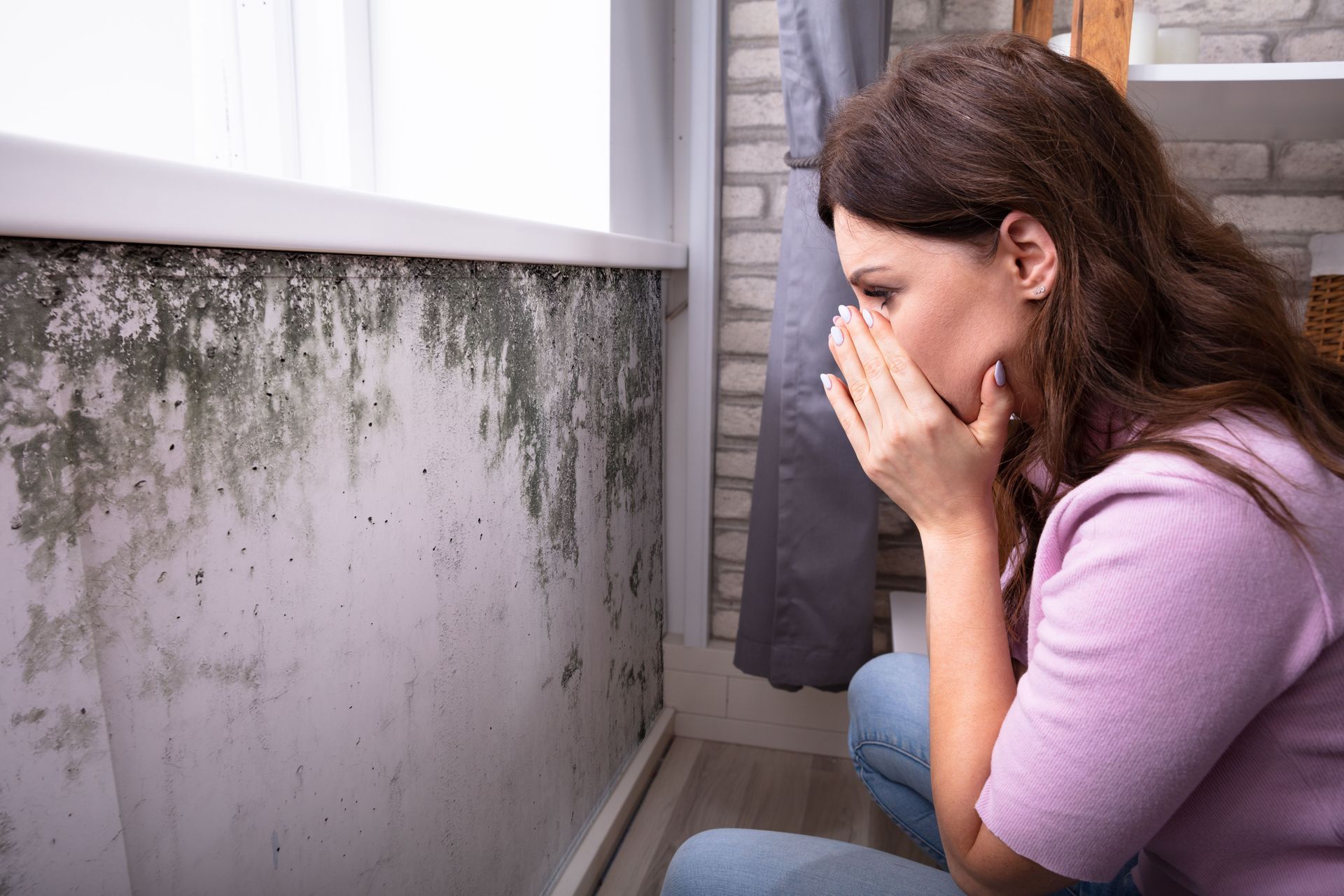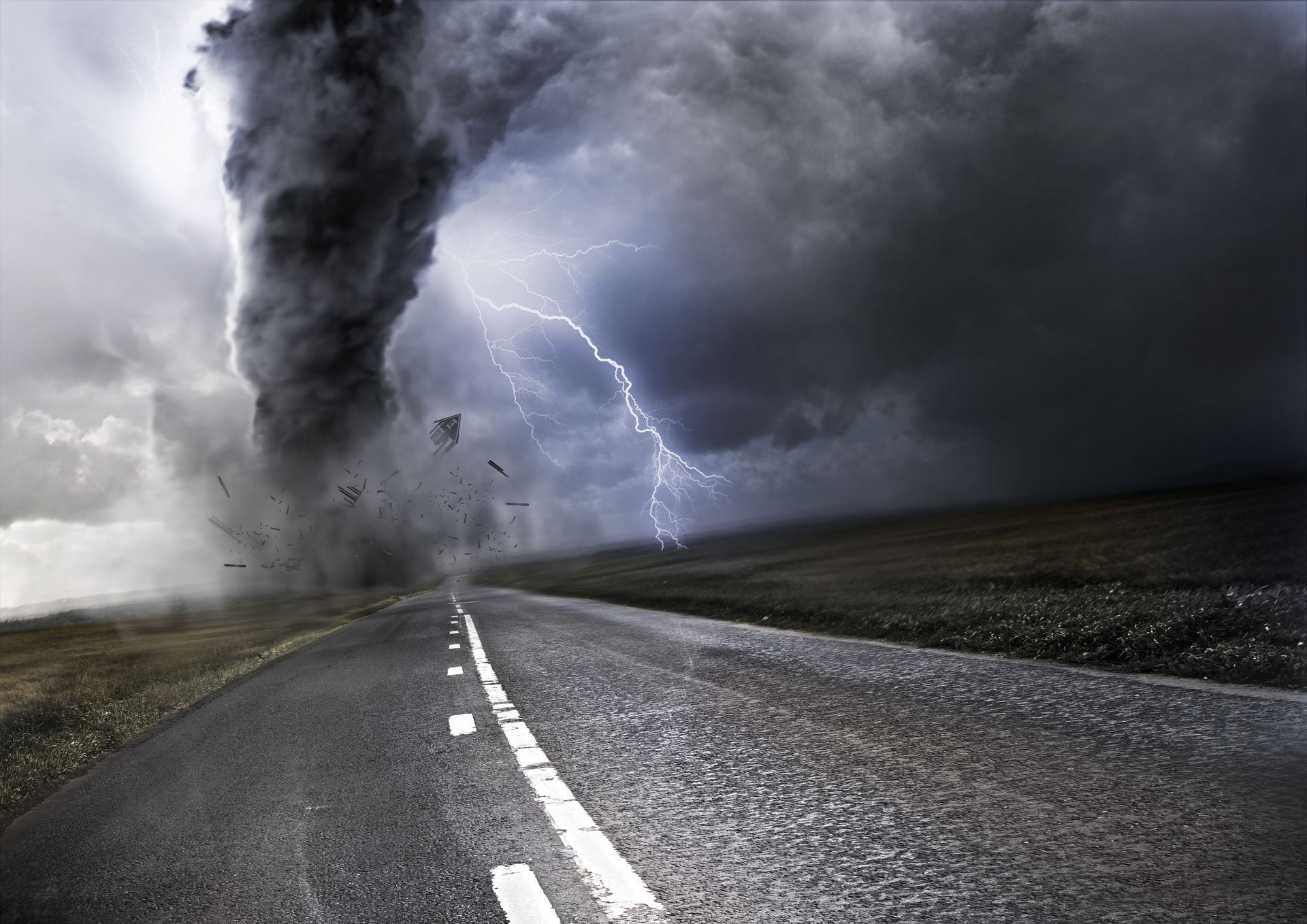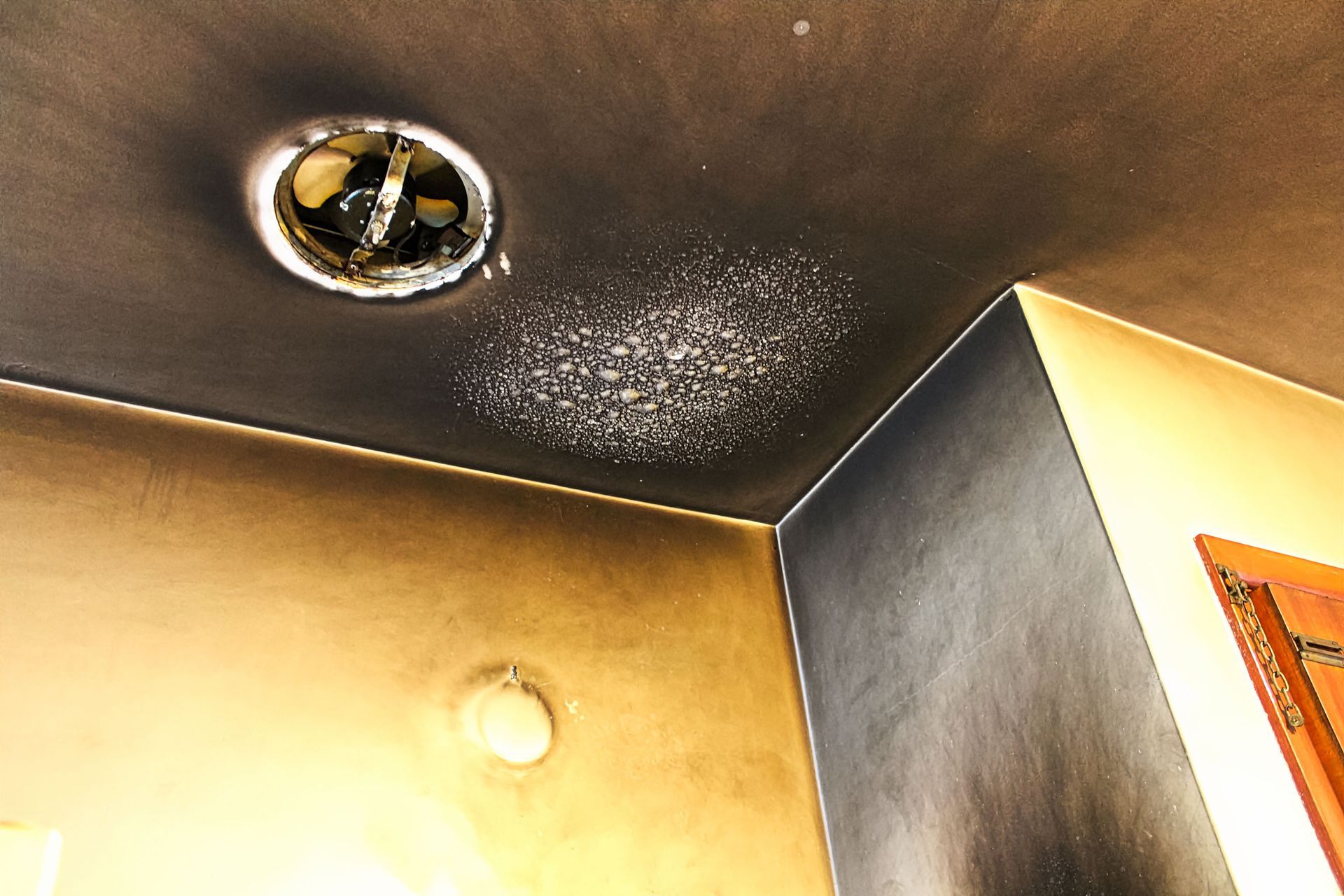August 7, 2025
If you’re experiencing a runny nose or a cough that doesn’t seem to go away, it could be more than just a common cold. It could be mold. Exposure to mold can cause a number of cold or flu-like symptoms, including:
- Coughing or wheezing
- Sneezing
- Stuffy or runny nose
- Sore throat
- Fatigue
- Headaches
- Red eyes
- Blurred vision
- Dry, itchy skin
- Worsened asthma or allergies
Unlike the common cold if the symptoms are caused by mold, these issues will continue to come back. This is especially true if you spend a lot of time in the affected area. Here is more information about mold and what to do if you think it could be the cause of your never-ending “cold.”
Different Types of Mold and Their Effects
There are three categories of mold: allergenic, pathogenic, and toxic. While not all types could be the cause of your sickness, it could explain why some people are getting sick while others aren’t. Here’s an overview of the three types and the risks they cause.
Allergenic Molds
Allergenic molds are often found both indoors and outdoors. These types of mold affect those with allergies and asthma, not necessarily everyone. If your symptoms only seem to show up while you’re outside, it isn’t growing inside your home. If your allergies seem to be aggravated while you’re indoors, you could be suffering from it growing inside.
Pathogenic Molds
Pathogenic molds are most dangerous for those who have a weakened or compromised immune system. While they aren’t considered “toxic,” they can still negatively impact the health of those living in your home.
Toxic Molds
Toxic molds are the type that release mycotoxins, a substance that can make anyone sick, regardless of allergies. While the presence of this category doesn’t necessarily mean that the mycotoxins are released, it’s important to take the necessary steps to make sure it doesn’t make you or your family sick.
The most common toxic household mold is black mold.
Black mold is often the cause of lung difficulties, so coughing, wheezing, and other respiratory symptoms. It commonly grows on porous substances, like wood and drywall, but often not on concrete or tile. If you suspect the growth you’ve found is black mold, don’t clean it up yourself. Instead, call a professional to take the necessary steps to mitigate and remove.
How to Handle Your Mold Problem
The best thing to do if you are worried about mold is to act. If you suspect mold may be the cause of your symptoms, take these steps to start reversing the issue. If the task appears out of hand, a specialist can help remove the source and make it as if you never had a problem in the first place.
1. Stop the Source of Damage
Mold often grows in areas with water, so it’s important to keep your home dry. If your property was damaged by water, make sure the damage was dried and repaired as soon as possible.
Mold can start growing after a water disaster in less than 24 hours. If your home repeatedly gets damaged by water, you can:
- Invest in a dehumidifier
- Use a vent fan when cooking
- Use a fan during and after you shower
- Open the window when possible
If you’re faced with a flooded basement or flooded basement, take these steps to clean up the water and prevent mold.
2. Dig Deep Into Walls and Carpets
Porous materials, including walls, ceilings, and carpets can all house mold without you even knowing. If water damaged your drywall, carpet, or ceiling, get a portion of the material removed to check for mold hiding inside.
Carpets generally have a lifespan of 5 to 15 years. If your carpet is more than 15 years old, it may be better to have it replaced rather than cleaned to get rid of the mold, dirt, and grime hiding underneath.
Read More: Where Is Mold Hiding in Your Home?
3. Inspect Your HVAC System
If you’re experiencing a musty smell when using your furnace or air conditioner, there’s a good sign it is growing in your system. If there is mold hiding in your HVAC system, every time you turn it on, the spores will be spread through your vents. Get it professionally inspected and look for any areas where it’s leaking. Changing your air filter regularly can keep it out too.
4. Scrub With the Right Cleaners
If you find visible mold, use cleaners like hydrogen peroxide or a solution of vinegar and water to clean it up. Do not use bleach to remove mold. While bleach can kill spores, it doesn’t enter porous materials, meaning that there could still be some growing underneath.
Bottom Line: If Mold Is Making You Sick, Do Something About It
If you suspect mold is making you sick, remove it regardless of the type that’s growing. The Centers for Disease Control and Prevention recommends not testing for it, but instead immediately taking the steps to mitigate and remove. The experts at Rapid Restoration can remove and mitigate any growth, including black mold. Give us a call today to request an estimate.
Want to Learn More?
If you think your home is making you sick, you can learn more about how to prevent sick building syndrome and what you can do to keep your home mold-free. You can also check out our complete guide to mold for more ways to remove and prevent it from growing.




